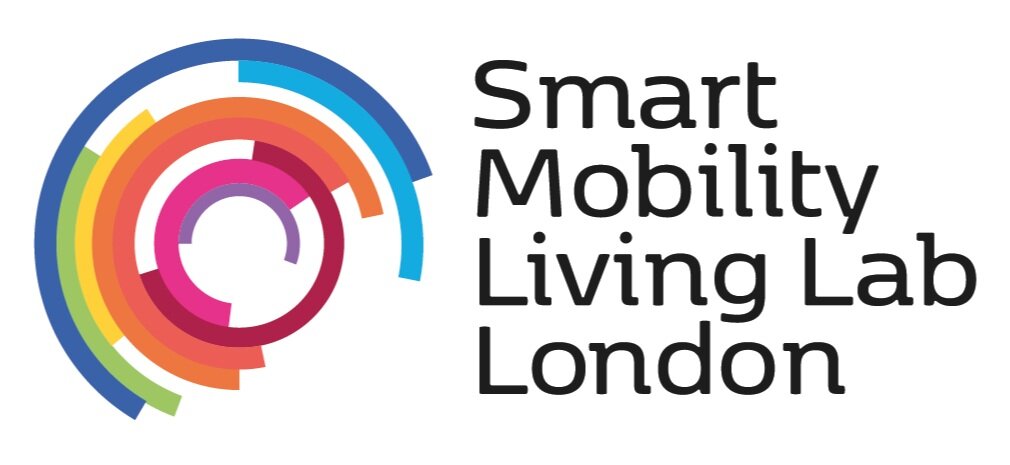The Safety Case Framework is a living document developed collaboratively by all the UK Testbeds, orchestrated by Zenzic. The Framework applies a consistent and transparent methodology to the development of a safety case for a CAV trial. This standardisation of risk management is a key enabler of interoperability, meaning that testing organisations can develop a safety case that is recognised by all testbeds.
The Framework includes a process for allowing the smooth transition by testing organisations between UK testbeds. Safety case requirements have been developed in consultation with the testbeds and other stakeholders, meaning that there is already a common understanding of what is required to ensure safety. It is important that there is one safety case standard that is recognised by all testbeds. The Framework provides transparency for the many stakeholders involved in automated vehicle technology trials.
A safety case will grow and evolve as the testing complexity increases, but the risk management principles are the same. The Framework takes into account the risk posed by testing, dependent on three broad, but interdependent variable factors;
· Safety Operator
· Vehicle
· Environment
To ensure that the standard of a safety case is consistent between testing organisations and that acceptance of safety cases is also uniform, it is recommended that safety cases are independently reviewed using standard evaluation criteria. The Safety Case Framework makes it possible for them to consistently evaluate safety cases which are developed in different environments.
This standardisation of risk management will also enable non-UK based organisations to come to the UK to run trials as the safety requirements are transparent. Ultimately, this reduces the administrative burden of preparing to test in the UK, and increases confidence for the stakeholders of an incident-free trial.











